Little cars these days are getting more and more advanced.
It's quite fascinating to think that what was harped on and on about five years ago in the latest greatest German super saloon is starting to become the norm for cars like this new Suzuki Swift RS.
I had one of these little guys on test recently, with my five days behind the wheel providing healthy opportunity to push every button and stress every component. And, there are plenty of shiny buttons to press in the new Swift.
Here are five of the most surprising and most interesting changes you'll find in Suzuki's new little terrier.
Automatic high beams
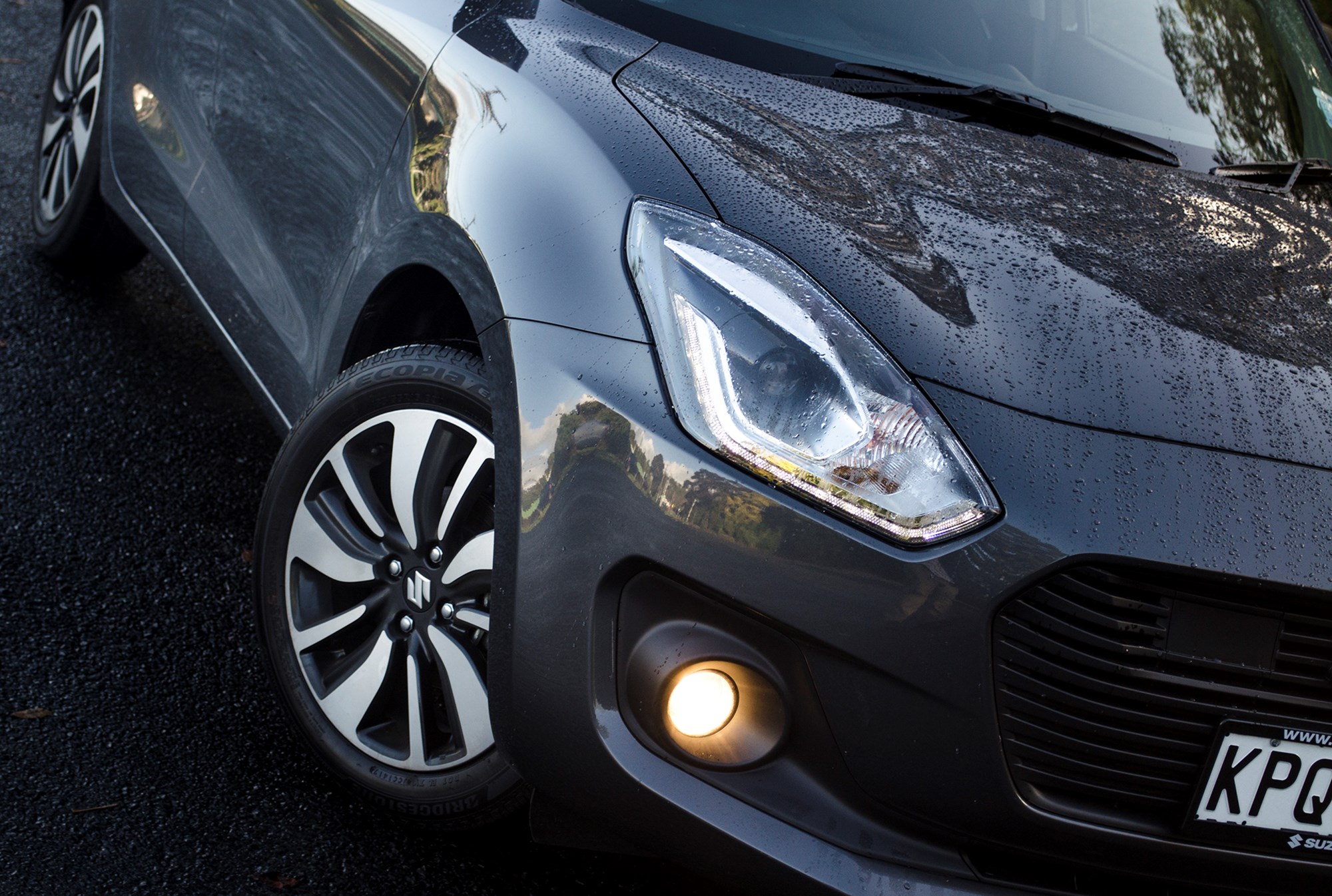
This is very much one of those features you never knew you needed.
When you're travelling above 40km/h and with your high beams on, sensors in the Swift will detect when you drive into a well-lit area, or when you're in the presence of other drivers, and it'll dip your lights.
Some of us have exceptional spatial awareness, but many others don't. Rounding a corner during a night's drive only to get blinded by the peanut driving the other way with their headlights lingering on high beam is an occurrence that's all too common for me, and most likely you too.
Likewise, it's great to just put the high beams on and relax in those instances, instead of being on edge waiting for the next car to peak the next crest.
Weight savings
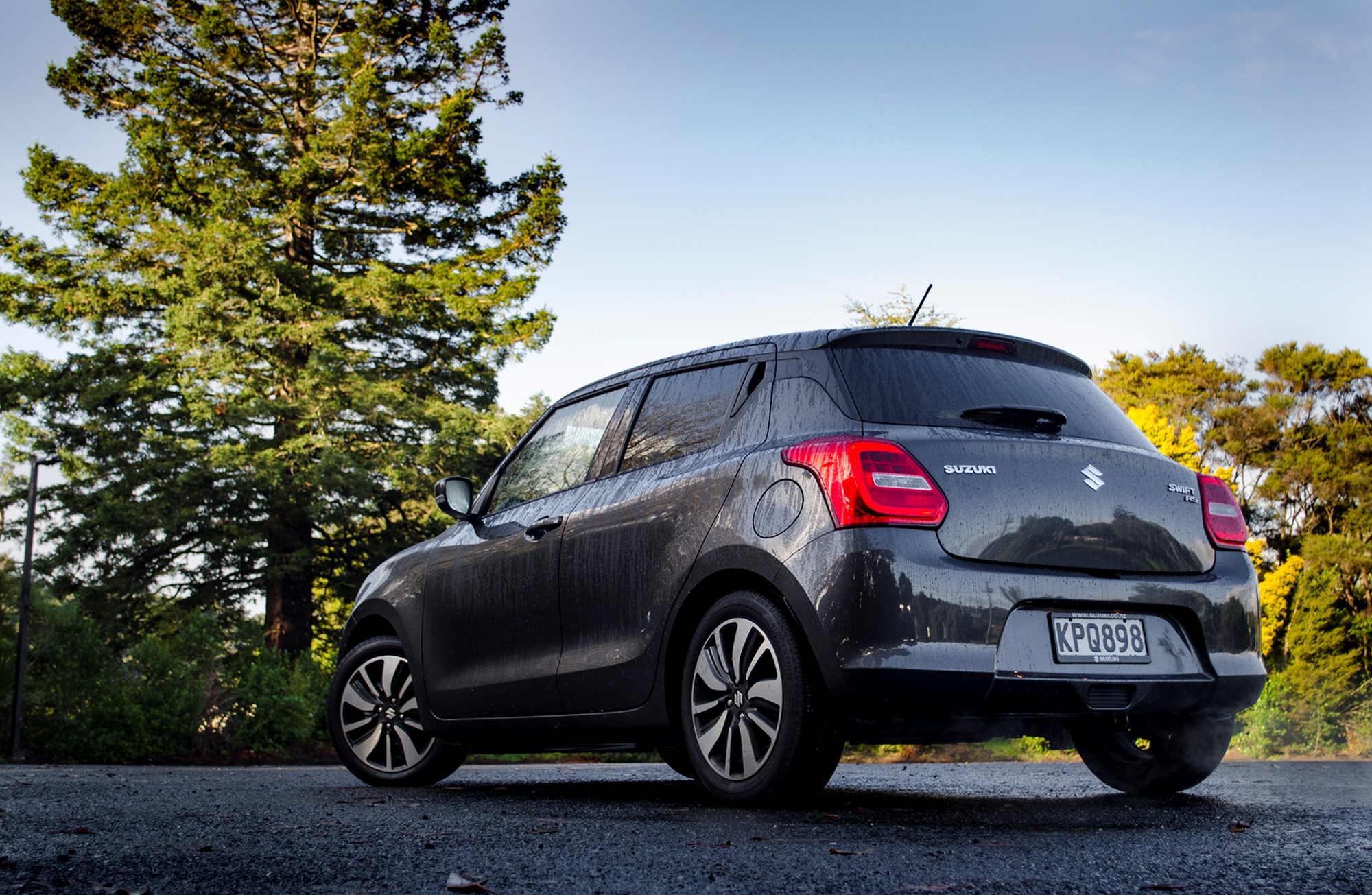
Trimming weight from a car can be simple. If you're turning it into a race car for instance, ripping out the seats, carpets, door cards, and other comforts can reap huge dividends.
Putting your car on a diet gets much harder, however, if you're a manufacturer with a group of buyers demanding an ever increasing amount of gadgets and luxuries. And it's harder still when the old model was already one of the lightest in class.
But, Suzuki have done it with the Swift. This RS model is almost 100kg lighter than the base model of the last generation car (the weight saving of the new base model is even more outrageous).
How do you accomplish that manner of weight saving in the real world? Clever engineering. The new HEARTECT platform upon which this Swift and the also new Baleno are built on is a lot more tensile than the last one, meaning that Suzuki's engineers didn't have to build in as many joins into it for strength without sacrificing safety.
The engine
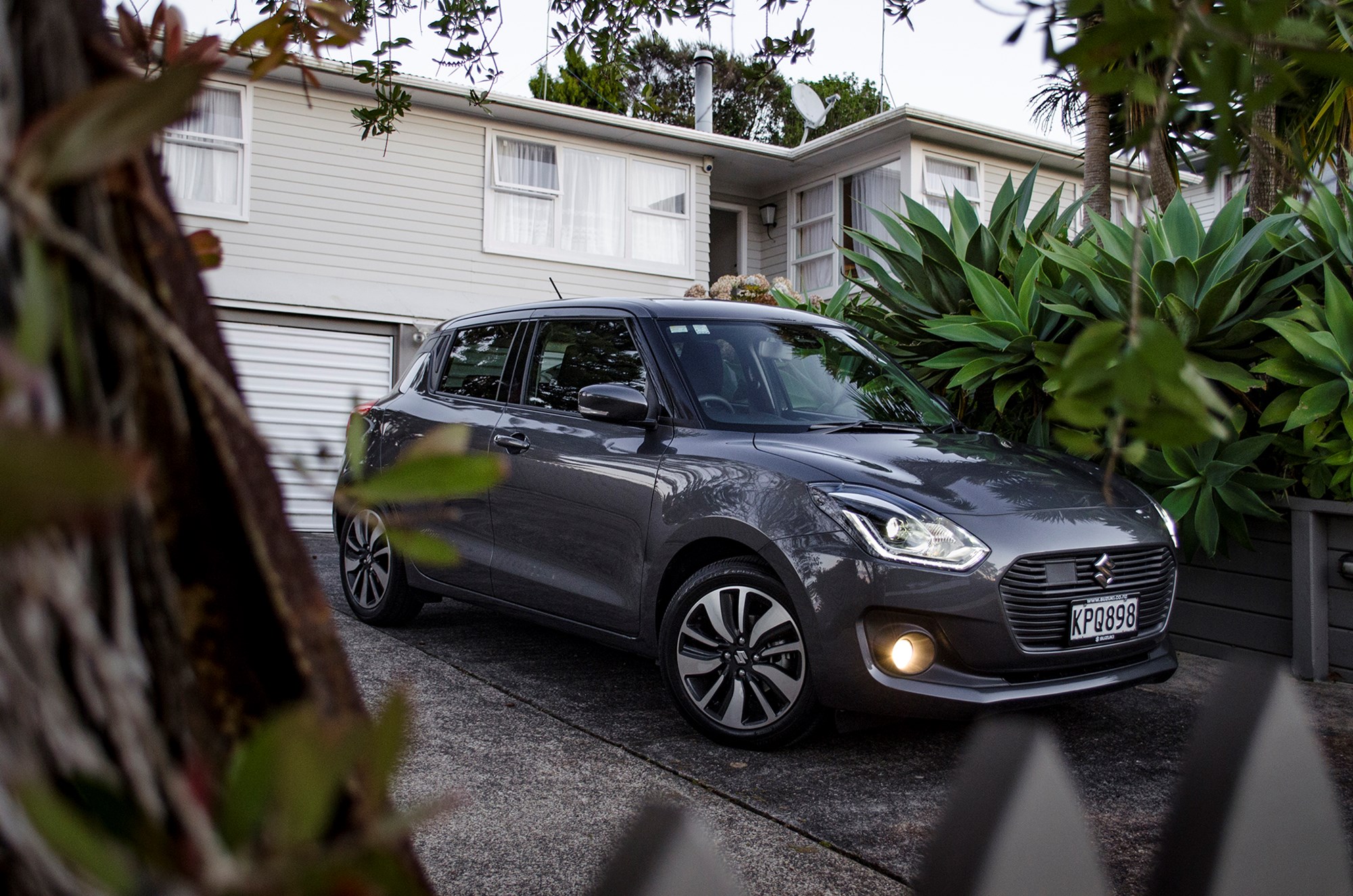
The new Swift currently comes with two engine options.
Option one is a classic naturally aspirated 1.2-litre Dualjet four-pot, and option two is the turbocharged 1.0-litre Boosterjet three-pot in this RS. I'm normally a sucker for an NA 4-cylinder, but my advice would be to go for the smaller 3-cylinder.
Power and torque are humble on paper — 82kW T 5500rpm and 160Nm at 1500–4000rpm — but in a car as light as the Swift it's more than enough. Torque is close to being on par with the punchy little 1.6 from the last-generation Swift Sport, while fuel economy has also simultaneously improved.
It's a wee peach of an engine topped off by its adorable engine note, which makes it sound almost like a classic Porsche. Bet you didn't see that one coming.
'Dual Sensor Brake Support'
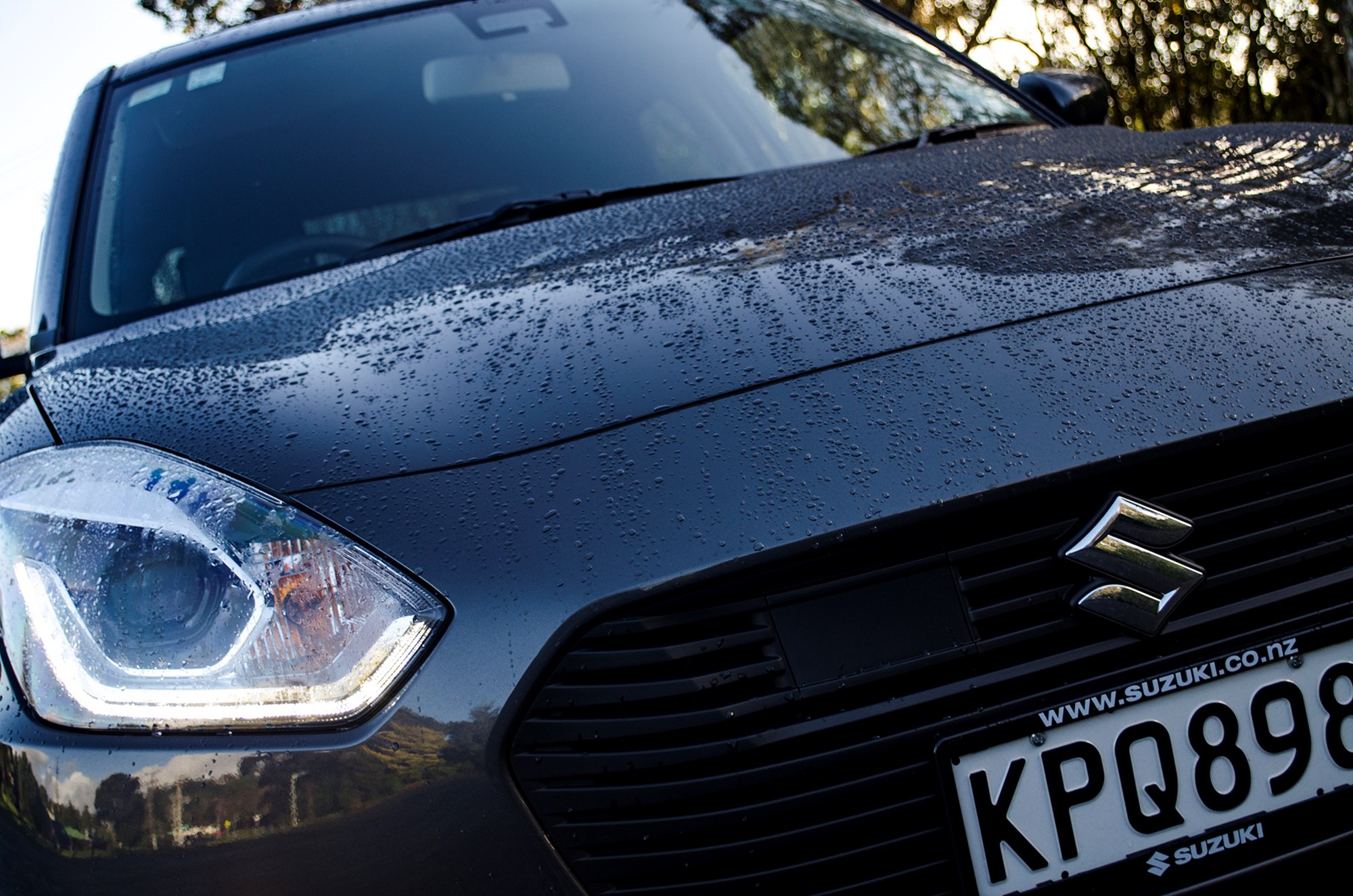
... or DSBS for short. The acronym might be slightly unfortunate, but it's the kind of tech that could help save lives. Or, at least, save a few fender benders.
There are two little tech epicenters hidden on the front of the Swift; one in the grill and one at the top of the windscreen. The latter concerns the DSBW; housing a monocular camera that can spot pedestrians and cars.
Factoring in your speed and what it sees through this camera, the DSBS will predict when you're potentially going to crash into something. Depending on the likelihood of an impact, it'll choose one of three different actions to implement.
The first is a beeping sequence and a warning on your dashboard. The second repeats the first, but also adds some braking assist on top of any braking that you do in the driver's seat. And the third course of action is it slamming on the brakes for you.
Adaptive cruise control
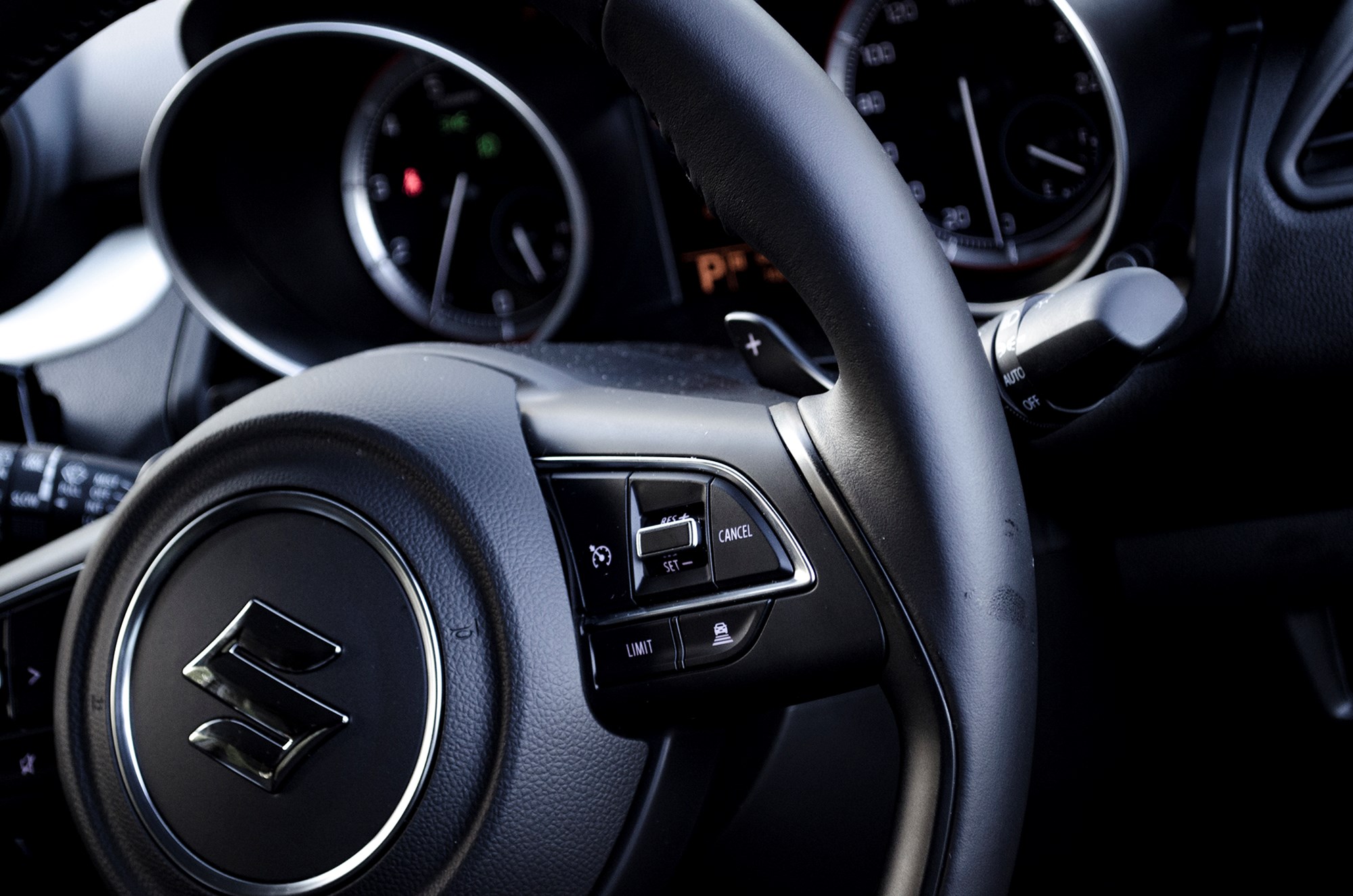
That subtle-but-not-really-that-subtle-at-all slab of black plastic in the grill of the Swift RS? That's where the radar is for the adaptive cruise control.
This feature is a particularly memorable one for my mind because I remember exactly where I saw it first. It was during Top Gear's test of the then-new 2005 Mercedes-Benz S Class, presented by a slightly younger Jeremy Clarkson. His frightened, hysteric response to the car accelerating and braking for him was a memorable one, and represented one of those motoring moments where I sat there thinking 'wow. This is the pinnacle of motoring. How can they top this?'
Well, now it's starting to pop up in dinky little hatchbacks. Pretty cool, huh?
Check out Driven's full review of the new Suzuki Swift RS in this Saturday's edition of Driven, in the NZ Herald.




